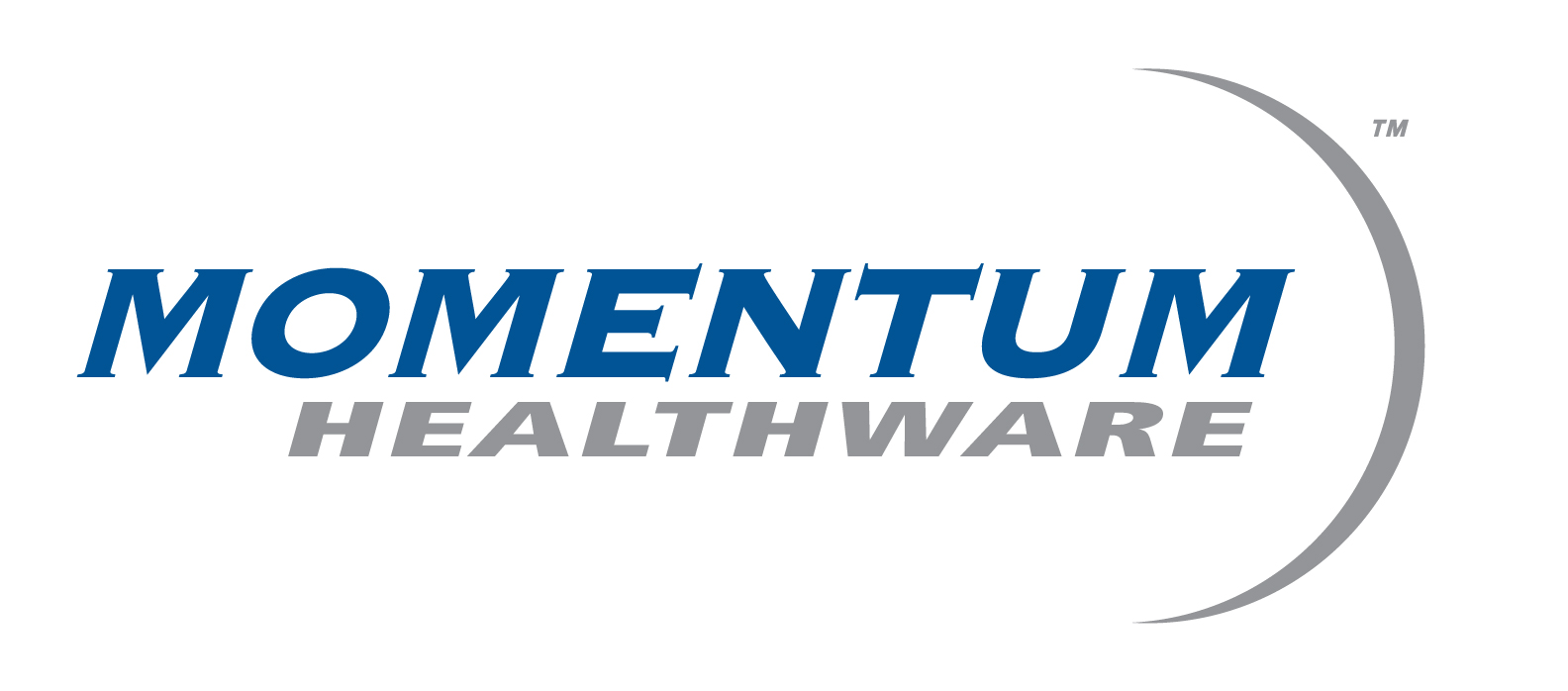HALIFAX, N.S. — COVID is still around but for practical purposes the public health emergency is over. And that is welcomed news for the Nursing Homes of Nova Scotia Association. Michele Lowe is the group’s Executive Director. And she says it’s good for the residents and the workers, but admits there will still be infection control guidelines for years to come. As she gets set to retire from that role in the Fall, she shares the good, the bad and the lessons learned over the last three years. And she shares her thoughts on how history will judge our societies response to the public health emergency.
Transcript
Sheldon MacLeod: The release said that in many ways nursing homes are welcoming this announcement. Hospitals say there will be times where masks are required or even mandatory. Why is this a good thing at this point for the people who work in and live in nursing homes in Nova Scotia?
Michele Lowe: Well, first of all, when you compare it to acute care, acute care, for the most part is a very short term time that people are in and out of hospital, but in nursing homes, it’s their home. So in our homes, we want to feel comfortable, and we want to be able to see the faces the people who are caring for us. And so, this has been a long time that we’ve been masking in nursing homes and long-term care facilities across the province well over three years. And when you stop and think about it, we have had residents admitted to long-term care homes during that period of time that have never seen the full faces of any of the people who have been caring for them. And we’ve had staff who have also joined the teams of many of these nursing homes, who their colleagues and coworkers have never seen their faces.
So, it not only brings that personal side to it, which is the welcome news, but it also as we enter into the summer, for those of your listeners who have never worked inside a facility where they’ve had to wear a mask the entire time that they have their full workday, it is very uncomfortable, and it’s very warm. And particularly in some of our older facilities where we do not have any kind of cooling system. It can get very hot in the middle of July and August. And when you’re wearing a mask and you’re providing personal care and moving and lifting, it becomes really uncomfortable. And so, our staff families residents are certainly welcoming the news.
SM: I’m assuming that when Dr. Strang says COVID is still here, it’s not gone away, that given the history and what happened at the beginning of the pandemic with long-term care facilities that’s still top of mind. How do you balance those two things?
ML: That’s true. There are still COVID outbreaks and long-term care facilities across the province. That has not stopped. And so, we will continue to adhere to all of the infection prevention and control measures that were laid out during the pandemic that we must follow. I’m not surprised at all to see that that sign was on the door and that will continue. So those have not changed. If there’s a COVID outbreak, that masking requirement will continue to be the same.
And so when we look at how the other things will change within the facility, as of yesterday, we have facilities, homes that have lifted the masking mandates so that was welcome news, but they are still working through the process of what it means with the vaccination policy and where they will determine it based on the guidelines that have been provided by public health, what situations will require masking?
So, point of care assessments if there’s a suspicious, case or symptoms with a resident, masking would be certainly required. So, they’re still working through the nuances of all of that. But, yeah, it continues to be masking when there is a COVID outbreak.
SM: Just so I’m clear, there are still some places where it may still be a policy that you have the first and second vaccinations?
ML: So, that’s the piece that we’re working through. Certainly it’s as public health announced yesterday, Dr. Strang announced that vaccinations would not be required. And that we’re moving on from that, and that there is a fair amount of natural immunity that has occurred in our communities. And so long-term care administrators and their teams are working through that because in throughout the health care system, there were certainly staff who chose not to be vaccinated at the beginning of the vaccination campaign.
And under the guidelines of that time, public health had said no one could work within a health care setting without their vaccination, their primary series. And for some staff, they had to leave long-term care facilities that they were attached to. And so now what we’re seeing is that discussion around the return to those staff back into those long-term care facilities, and whether or not there will be a requirement moving into the future with vaccination is up to those particular operators to determine that. So that’s, that’s kind of what’s working, what they’re working on right now is really mulling through how they will approach that.
ML: Fortunately, what we have learned has been tremendous. Lessons around infection prevention and control in general, in long-term care. We saw during the pandemic huge investments from the federal government and our provincial government in terms of building capacity of knowledge, and identifying staff within long term care facilities to take on that role as the infection prevention and control nurse and really looking at best practices using the guidelines that were presented to us by public health.
We had members from the provincial infection, infection prevention and control team, doctors, and nurses coming out to all of the facilities, many of them were visited at least twice during that period of time to have their practices monitored, and any suggestions and recommendations put forward. And so, there’s been a tremendous amount of knowledge that has been shared in our sector, and really excellent practices that we have adopted. So that is definitely been one of the huge pluses for our sector when it comes to that level of investment and knowledge.
SM: How do you think history is going to judge the reaction (to the pandemic)? Was it too much? Too little? Just right? How do you think it will look in another 10, 20, 50 years?
ML: It’s an interesting question. I would say, certainly we’ve learned a lot. And you do \ the best you can at the time, and that certainly was the case in long-term care. What I think it will show in history is that the lack of investments over decades, and underfunding long-term care exposed those gaps during COVID. It shone the spotlight on those gaps and what happens when you don’t invest in the healthcare system as we saw it. So that certainly would be a takeaway.
And we are seeing from the provincial and federal government, investments that have continued to be made in long-term care. We’re not where we need to be yet. But we certainly are making great progress in building knowledge and capacity and giving, you know, our long-term care facilities, the tools that they need to be able to provide the best care that we possibly can.
There’s still investments required but I would say, looking back 50 years from now, people think, why didn’t they why did they get themselves to a situation where they just couldn’t respond as effectively as they wanted to? And that was because simply because we didn’t have the tools or the investments at that time.
SM: Successive governments have been asked to increase the number of long-term care beds. And this current government has made announcements. Will this happen quickly enough?
ML: I would say that we certainly are seeing some great investments in beds. We have 27 facilities that are underway at different phases in terms of new buildings. We meet on a regular basis with those particular facilities and share lots of great knowledge around the design and the process moving forward. So, we’re really pleased to see that level of investment by this government.
The other thing I think that’s really important is that we need to identify that long-term care facilities in their community are more than just a home for those who require that level of care. There’s an opportunity to be that hub of specialized resources that can be offered out into the community. So, respite care for the day, adult day programs, and we have staff who have really specialized skills around dementia care, responsive behavior.
And so from that, I think that we need to look at what are the other ways in which we can support our community and delay admission into long-term care if possible, and even prevent admission into long-term care for those who want to remain in their own home. So, what are the services that we can be offering? And we certainly are seeing from this government, they’re looking for innovative responses.
And we’re seeing funding for instance, with the restorative care people who are in hospital, who are waiting to go home, and if not, if they can’t get out sooner, because they need to be able to have some level of support, they decline in acute care. So, we’ve just seen announcements last week around having OTs and PTs brought into acute care settings to help seniors maintain their physical ability to move. And those are things that are really important, because that decline can happen quickly. And then while they may want to have moved back home, they now have to be able to go into a long-term care facility. So, there are different innovative approaches that we need to think about.
SM: So much of the conversation over the last few years has been focused on the pandemic, I think now we have an opportunity, as you say, to do better, and to learn from where those shortcomings were.
ML: While we are taking masks off in long-term care facilities, there will still be questions asked of people. You know, passive questions on signs as they enter into facilities that if you’re not feeling well, if you have any signs or symptoms, please do not come into a long-term care facility to visit with someone if you’re not feeling well, because that’s how things spread.






















